Top 4 Trends That Shaped the Translation Industry in 2018
CLEAR WORDS
TRANSLATIONS
All News
December 11, 2018 |
Top 4 Trends That Shaped the Translation Industry in 2018
2018 has been an exceptional year for language service providers. Translation trends have supported the industry’s growth but, at the same time, revealed some significant barriers to overcome. From major changes in digital privacy rules to rising artificial intelligence tools, translators and interpreters saw many challenges.
All in all, it’s been an excellent year for business, as the market size of the global language services industry reached $46.52 billion. And it’s expected to keep growing in the coming years.
As in any other domain, the successful companies are the ones that have kept up with translation trends. They have adapted their workflows to comply with the new market rules.
In this context, even though the average growth rate in the industry was around 8 percent, some key players grew by as much as 17 percent over the previous year.
Here are the most interesting translation trends the industry saw in 2018–and how they have changed the way translators and interpreters do their jobs.
1. GDPR Requirements
The EU’s General Data Protection Regulation (GDPR) was the most discussed topic of the year. It has brought significant changes in the way all companies process data, regardless of the industry. The new European law had a double impact on the translation industry.
On one side, all companies working with European customers had to make their complex privacy policies easy to read. They had to be understood in local languages. According to Recital 39:
“Any information and communication relating to the processing of those personal data [should] be easily accessible and easy to understand, and that clear and plain language be used.”
That brought plenty of work for both private translators and companies providing the finished texts that businesses needed to comply.
On the other side, many language service providers had to review their documentation to comply with the new rules too. Depending on the type of translation services provided, companies had to put in place a series of measures to protect their data and prevent breaches.
Some of the most common actions were working only within secured translation management systems, implementing NDAs for all freelance collaborators, and ultimately banning open-source machine translation engines.
From now on, having security accreditations and upgrading information flows to respect industry standards are essential. There’s no doubt that GDPR has changed the way translation companies dealing with European clients work for good.
2. The Demand for New Languages
As the internet penetration rate is growing in many countries, most companies need to become multilingual to consolidate their positions in local markets. In the past years, the demand for new languages has been high. And 2018 brought additional changes to the global market.
Besides the internet’s common languages–English, Spanish, and Chinese–there’s been a growing interest in Arabic, Hindi, and Urdu. Many companies see the business opportunities these languages bring.
For example, The British Council ranked the Arabic language second in its top of languages of the future, above French, Chinese, and Russian. Arabic has over 300 million speakers worldwide from 28 countries. Moreover, the Arab world has a combined GDP of over $2.5 trillion, which makes the Arabic language in demand in business translation.
As for another growing language on the internet, Google estimates that by 2021, Hindi-speaking users will outnumber Indian internet users that speak English, as India will have more than 700 million people online.
Companies that want to sell in this country will have to localize their products and materials into local languages and dialects. Other languages in demand are Korean, Japanese, Turkish, and German.
3. Digital Transformation and AI-Driven Translation Technology
Digitalization and artificial intelligence turn language barriers into a thing of the past. Language software has changed the way translators and interpreters work. Augmented translation and automated content enrichment have become common practices in the language industry. 2018 has seen an increase in the number of startups in translations, as well as in language learning apps.
Moreover, artificial intelligence allows software to consider context when performing translations, increasing the efficiency of CAT tools. Better than that, the software can now translate plain text, as well as video content, not only when you’re connected.
Microsoft’s translator, for example, now has an upgrade language pack that can deliver offline translations in languages like Simplified Chinese or Russian.
The good news is that the digital transformation can’t replace the human contribution in translation. On this level, things haven’t really changed since 2017, when AI software couldn’t deliver high-quality translations. Despite the considerable progress in the field, machines can’t compete with humans when it comes to translating and localizing content–at least, not yet.
On the other hand, companies that learn how to integrate technology into their translation projects will improve productivity and cut down costs, with excellent results for their clients.
4. Fast Turnarounds
Another of the translation trends that have shaped the industry in 2018 is the growing demand for fast delivery times. Clients aren’t willing to wait anymore and expect translators to deliver impeccable work ASAP.
To meet their clients’ needs, more and more language services providers use CAT tools and translation memory (TM) to recycle old content and avoid translations “from scratch.” Thanks to technology, cloud-based TM is accessible from any device by entire teams of translators at the same time.
This way, all the specialists involved in a translation project have immediate access to the latest version of the TM, with reduced risks of miscommunication. Providers can reduce turnarounds with no negative effects on the quality of the translation.
Translation Trends – What’s Next?
Most probably, the industry will see even more startups and new apps that allow fast language learning and translations right from your smartphone. The language industry has been a point of interest for investors already since 2017, and more money is expecting to arrive as businesses aim for a global presence.
Technology has had a tremendous impact on the translation industry in the last two years, with many steps forward in 2018 to efficient machine translation and increased productivity. These translation trends reflect what the industry needs in an era in which internationalization seems to be the key to business growth.










